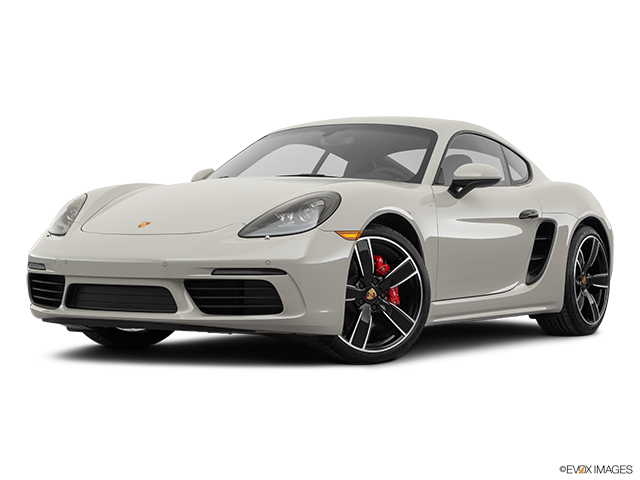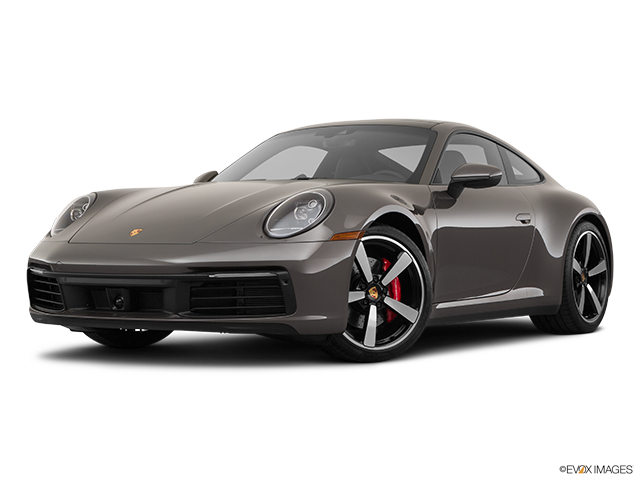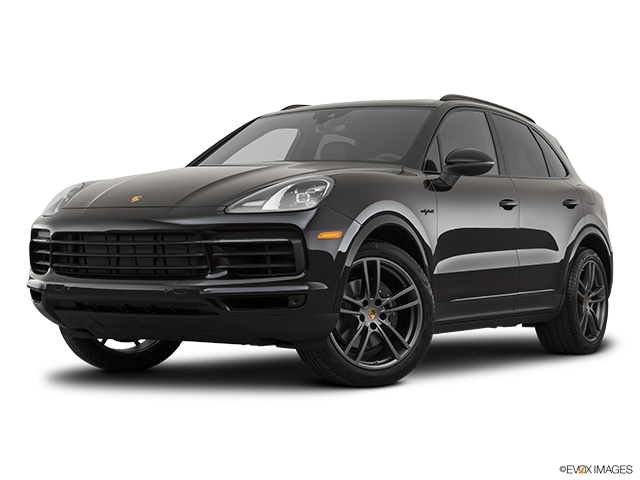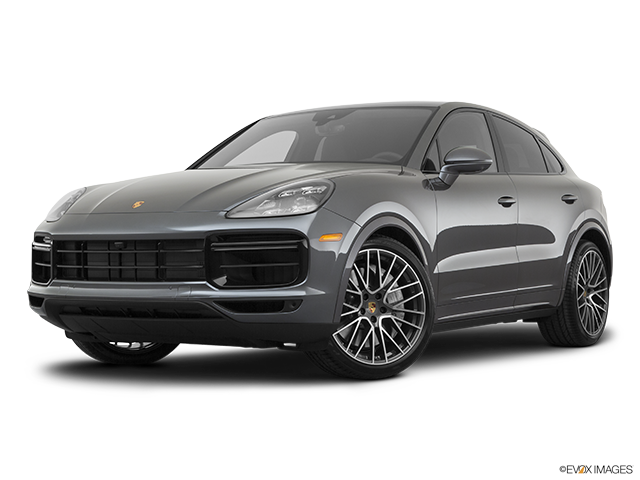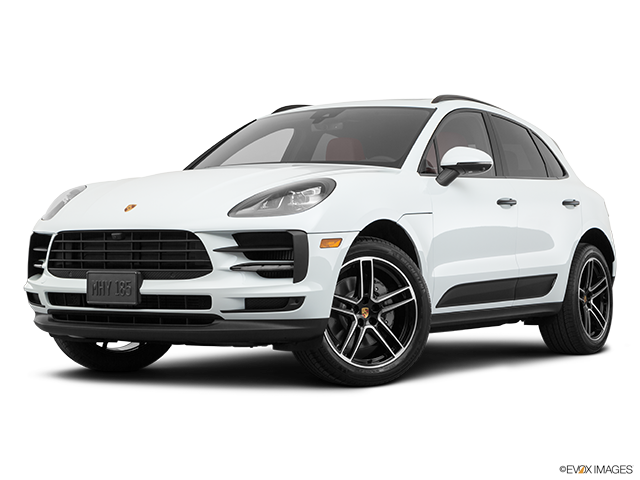What’s the point of an off-road-capable sports car? We found out firsthand surfing Moroccan sand dunes in Porsche’s wildest 911

Article content
After receiving a thorough grilling from the Moroccan border guards, tensions were high as we approached a police checkpoint blocking the main road. There was no need to worry — the young officer, his uniform pressed to razor-sharp creases, split his face into an enormous grin as the 911’s window rolled down.
Advertisement 2
Article content
“Yes, officer?” I queried. He issued his directive immediately: “Speed!”
With a scrabble of its off-road-specific Pirellis on the pavement, the Porsche performed as ordered, crabbing its rear end sideways and launching off towards the desert horizon. Quod erat demonstradum, QED: “it is proved.” Suddenly, in one cynicism-shattering moment, the latest 911 variant shed any baggage it might have arrived with. I mean, what kind of car has enough of a presence that the cops ask you to speed? And we haven’t even got to the dune-surfing part yet.
This is the 2023 Porsche 911 Dakar, the twenty-fifth flavour of 911 in the lineup, and also something of a litmus test for the jaded. Opinions are split. The Dakar’s jacked-up suspension and knobbly tires seem inappropriate for the road, yet who in their right mind would take a $247,000 Porsche sports car onto the gravel? Porsche has no plans for a racing version, the tobacco-free throwback liveries are slightly silly (“Roughroads” instead of “Rothmans”?), and it’s hard to justify the existence of a high-riding two-seater when the likes of the Cayenne Turbo exists.
Advertisement 3
Article content
Advertisement 4
Article content
Particularly in Porsche world, where fussy types are sometimes wont to cluck their tongues over how getting the options list wrong hurts resale values, the 911 Dakar does not make much sense. It is, however, just a tremendous delight. Put it this way: Porsche and German toymaker Playmobil entered into a partnership in 2015. The Dakar is basically a full-size Playmobil-Porsche playset. Yes, it is more toy than car. But it reminds the world that you can’t spell “Zuffenhausen” without “f-u-n.”
You also can’t have a Porsche review without technical specifications, so strap in. Essentially a 911 Carrera 4 GTS crossed with a Subaru Outback, the 911 Dakar takes a smattering of cooling parts from the more-powerful 911 Turbo and some lightweighting tips from the 911 GT3. Its adjustable-height suspension is 40 mm higher than a standard Carrera (Porsche says 50 mm compared to a car with the lower sports suspension) and can be raised an additional 30 mm to climb over a sand dune or a Montreal pothole. However, the car will automatically lower at speeds above 170 km/h. Again, looking at you Habs fans out there.
Advertisement 5
Article content
Power is identical to the GTS model at a peak of 473 hp at 6,500 rpm, with torque at 420 lb-ft from 2,300 to 5,000 rpm. As mentioned, the cooling system is upgraded to deal with the heat of the desert, and has also been protected with rock guard mesh. Up front, a 911 GTS would normally have a central radiator, but this has been removed to lift the nose for greater clearance.
-
![Hit the Dirt: Lambo's lifted Huracán Sterrato heads off-road]()
Hit the Dirt: Lambo’s lifted Huracán Sterrato heads off-road
-
![Safari All the Things: Why automakers want to off-road their sports cars]()
Safari All the Things: Why automakers want to off-road their sports cars
Further target-hardening extends to body-cladding and steel skid plates to protect the sills. To combat the mass this adds, the Dakar’s GT3-style front hood and rear spoiler section are carbon-fibre, and the rear seats have been removed. Total weight is 1,605 kg, not much more than a standard 911, and 400 kg less than a Macan GTS.
Advertisement 6
Article content
Over the road, passing goggling locals on mopeds, the 911 Dakar feels like pretty much every other sort of modern 911. The eight-speed dual-clutch transmission – the only offering – shuffles through the gears unobtrusively, or dumps from seventh to second in a heartbeat when you need to pass a truck. The infotainment and other controls are all the same as in a conventional 911, with the exception being two extra drive modes accessed through a rotary controller on the steering wheel: “rallye” and “offroad.”
Even assuming few Dakars will spend much time in the dirt, this is a very pleasant car to just drive around in. Tire roar from the off-road Pirellis is bearable. Ride comfort is quite good. Obviously grip can’t match the more track-oriented 911 variants, but there’s as much performance as you could desire on tarmac. And then you go off it.
Advertisement 7
Article content
Advertisement 8
Article content
Over rutted gravel, the Dakar is perfectly composed, yet the general impression is how weird it feels to be driving a 911 in the same way you would a Subaru WRX. Picking a path up a narrow mountain road strewn with pointy rocks is even more alarming, but the car shrugs off the task with ease. The Dakar is certainly the most off-road-capable 911 on sale today. And what, exactly, is the point of that?
All becomes clear in the dunes. Where previously the driving had shown the Dakar’s ability but not its personality, the rolling red liquid sands of the western Sahara are where this 911 comes alive. Driving in the dunes is a bit like driving in deep snow, but with a few rules: never stop on the crest; carry momentum up the hill; and don’t slide off the ridge into the really soft stuff.
Advertisement 9
Article content
Drifting sideways up the slope, then cranking the wheel over and having those Pirellis dump a wheelbarrow’s worth of sand all over the windshield is bucket-list stuff. Again, it’s a bit like driving in deep snow, but with rolling elevation changes and the occasional bounce. Here, the Dakar feels fast and flowing, the pendulum effect of its rear-mounted engine slewing the car sideways, then the all-wheel-drive churning rooster-tails of sand skyward and pulling you forward.
Advertisement 10
Article content
The caveat, of course, is how much accessory equipment is required for this sort of tomfoolery, and I am not talking about the Price-On-Request folding Porsche Design shovel. Standing ready with tow straps to haul any misdirected Dakar out of the deep sand was a small squadron of Land Cruisers. Nearby, loaded up with spare tires and air compressors, was a Mercedes Actros tractor-trailer and a team of mechanics. The safety net here was platinum-plated.
The 911 Dakar is something of a fantasy car, limited to 2,500 units. It’s as capable as you’d expect from anything to exit Porsche’s Stuttgart factory, although its use case is perhaps limited. We do have dunes in Canada, in Saskatchewan, but you’re not really supposed to drive to them, let alone do any Porsche-surfing on them.
But whether it was the beaming Moroccan policeman, the groups of Moroccan children running pell-mell after the cars, or the delighted looks on everyone we passed (apart from the camels), the 911 Dakar made its case. Porsche may go on and on about the Safari Rally heritage of the 911, but that is not really what the 911 Dakar is properly about. It exists because it is more fun than if it didn’t exist, and because a dune-surfing Porsche is the dream of policemen and children alike.
Check out more details about the latest Porsche 911 models via our shopping tool.
Stay connected with us on social media platform for instant update click here to join our Twitter, & Facebook
We are now on Telegram. Click here to join our channel (@TechiUpdate) and stay updated with the latest Technology headlines.
For all the latest Automobiles News Click Here

